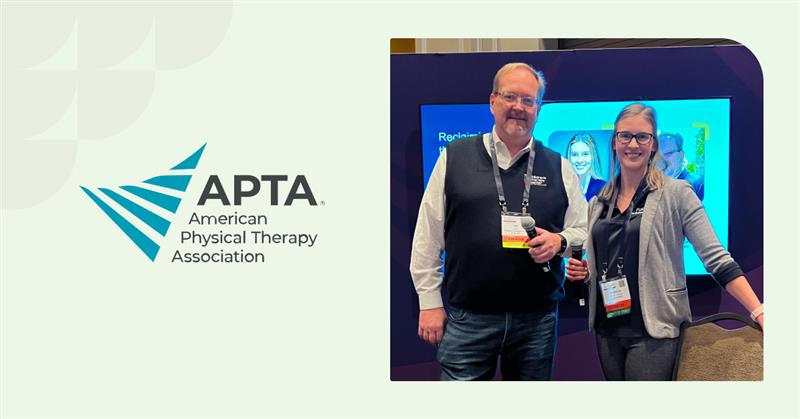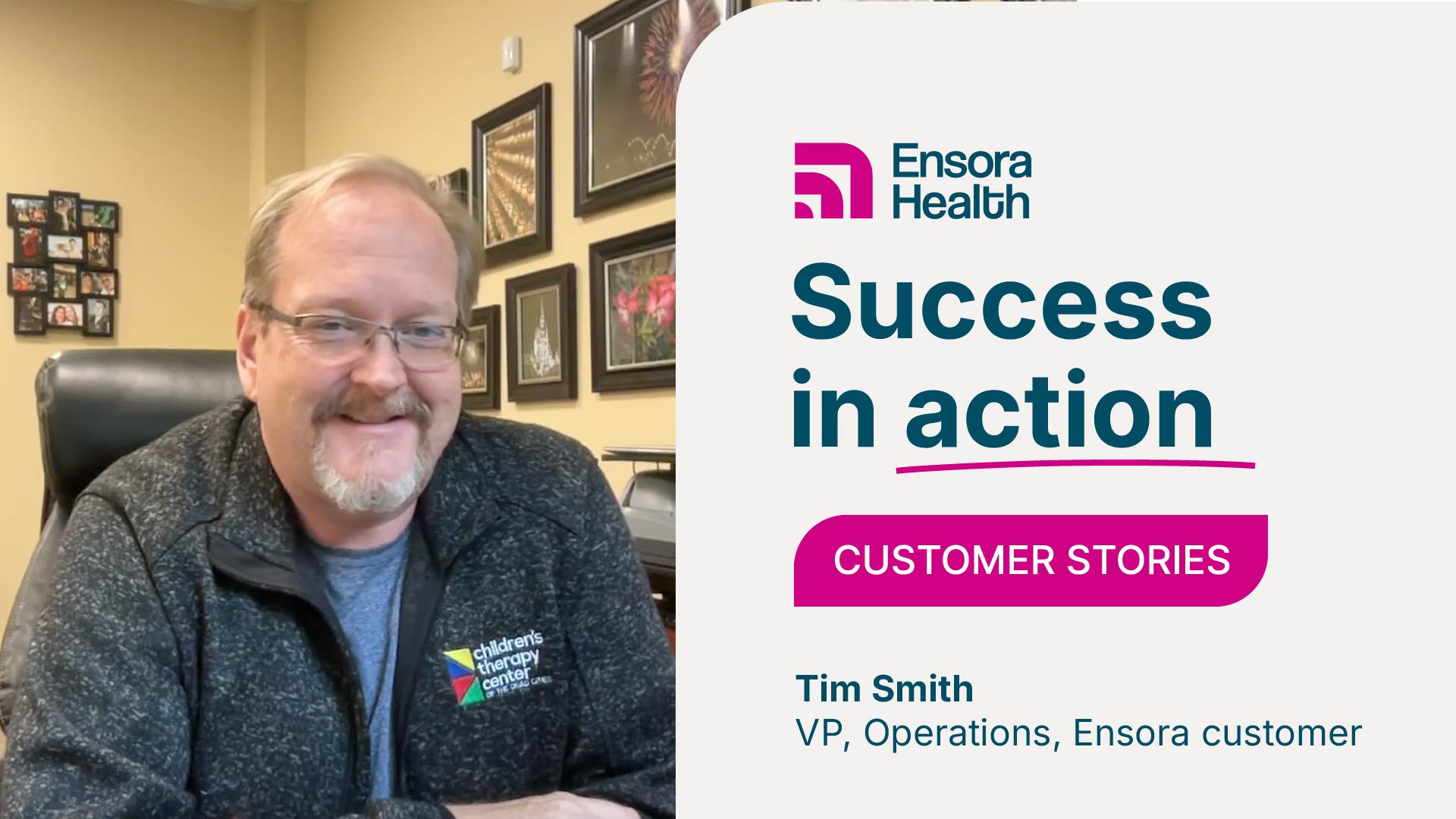3 formats for writing pediatric OT goals: PCC, COAST, & SMART

Alright, you’ve completed your assessment(s), analyzed the client’s errors or performance, and know how you want to structure your treatment. You have a pretty good idea of what areas you want to work on, so now it’s time to write your goals.
Is this an area you struggle with? Here are some formatting examples to help you improve your pediatric therapy documentation.
The PCC method
I don’t know if this is actually called the PCC method, I just made it up (clever, right?). It stands for Performance, Condition, Criterion.
- Performance: What the client is expected to perform.
- Condition: The condition or context for the performance.
- Criterion: How well the client is expected to perform.
This goal is specific, measurable, and easy to read. If a parent read this, they would know exactly what their child was working on. If you happen to be sick one day and another therapist comes in to treat your caseload, that therapist would know exactly how to structure the therapy session without having to review your treatment notes. You can easily tack on a timeline, assistance level, or mastery component if needed.
The COAST method
Many occupational therapists endorse the COAST method because it’s occupation centered; however, this format can be adapted to any discipline. COAST stands for Client, Occupation, Assist Level, Specific Condition, and Timeline.
- Client: Identify the client.
- Occupation: The occupation the goal relates to.
- Assist Level: The level and type of assistance you are providing.
- Specific Condition: The condition under which the performance is done.
- Timeline: When the goal is expected to be achieved.
The SMART method
Another widely used framework in goal writing is the SMART method, which ensures goals are clear and achievable. SMART stands for:
- Specific: The goal should be well-defined and unambiguous.
- Measurable: Progress should be quantifiable (e.g., “4/5 trials,” “with 80% accuracy”).
- Achievable: The goal should be realistic for the child’s abilities.
- Relevant: The goal should align with the child’s functional needs and priorities.
- Time-bound: Include a timeframe for achievement (e.g., “within 8 weeks”).
Hopefully these options assist in your goal writing. Just make sure your goals are clearly defined and measurable. A well-written goal will make your data collection and your ability to track progress much easier!






